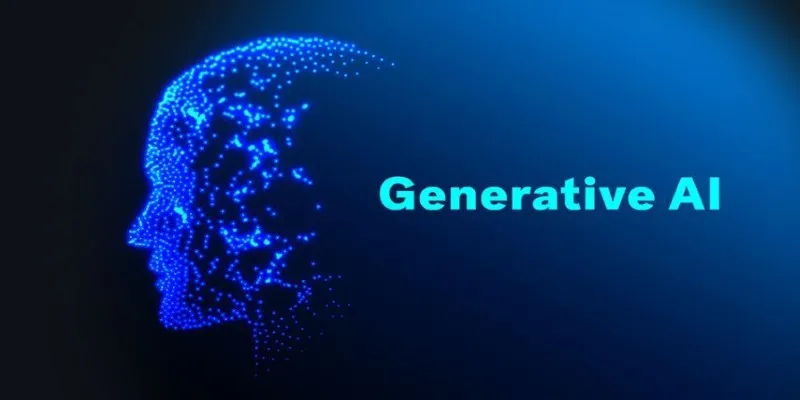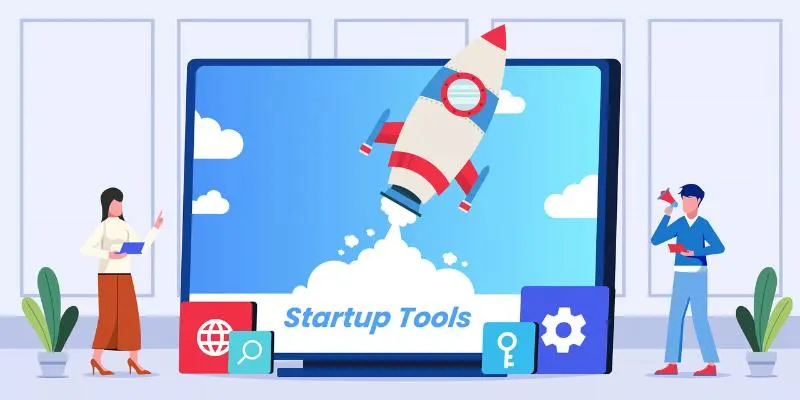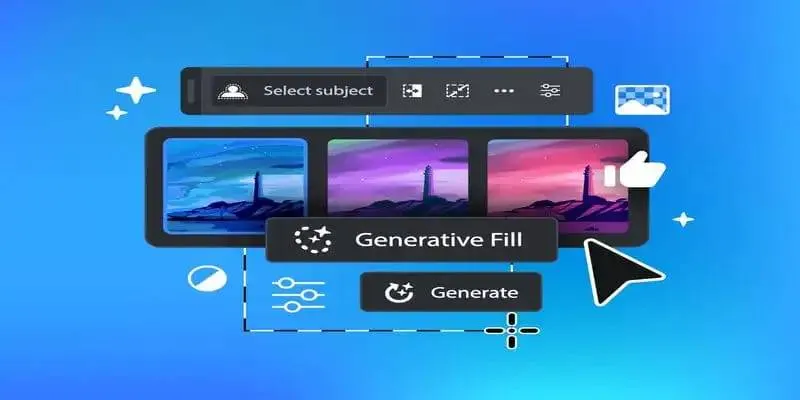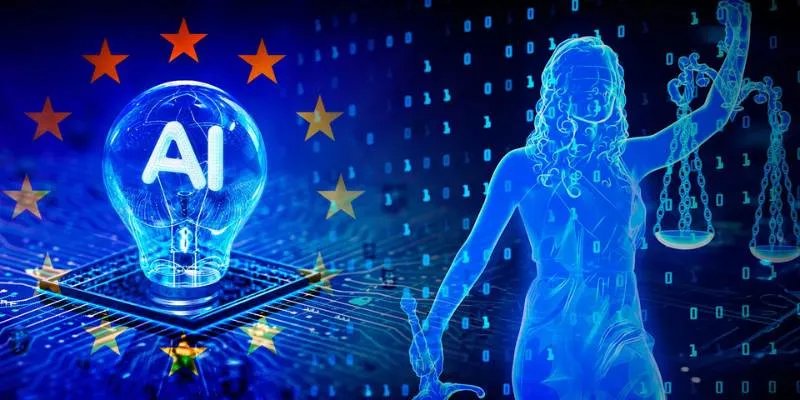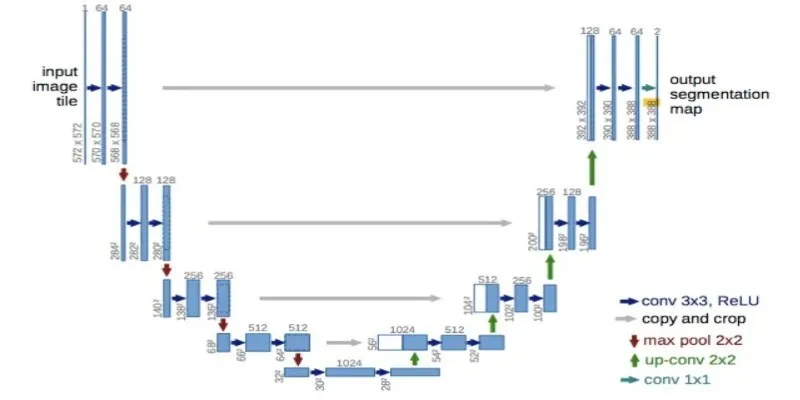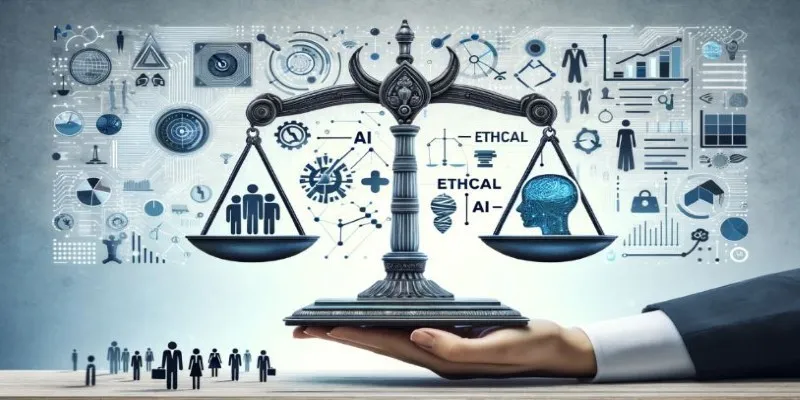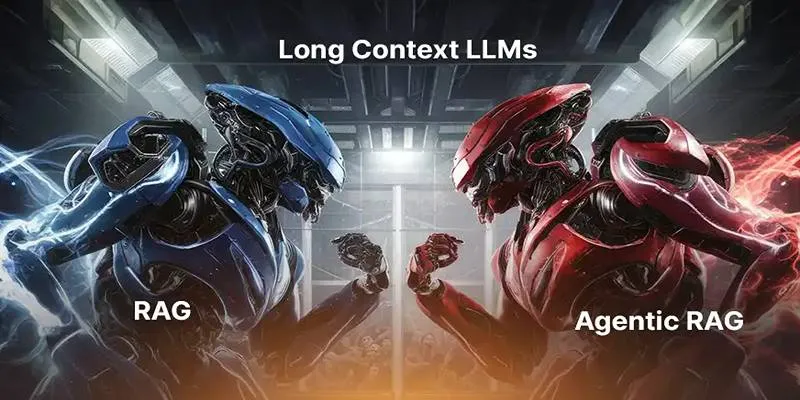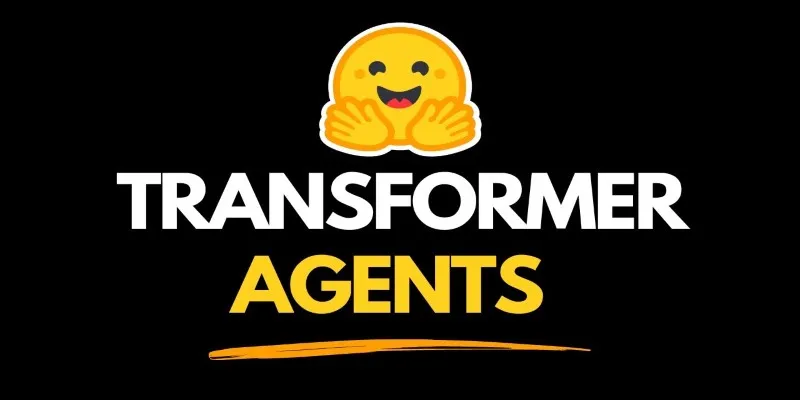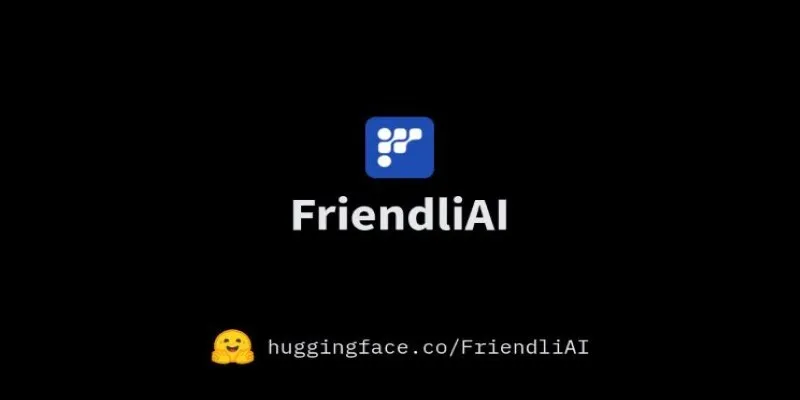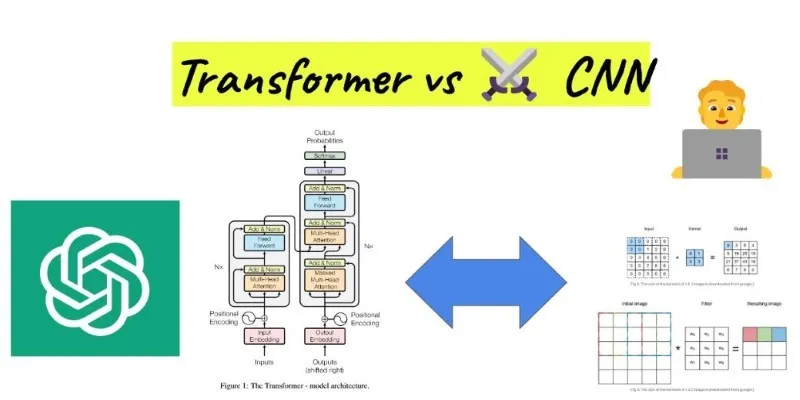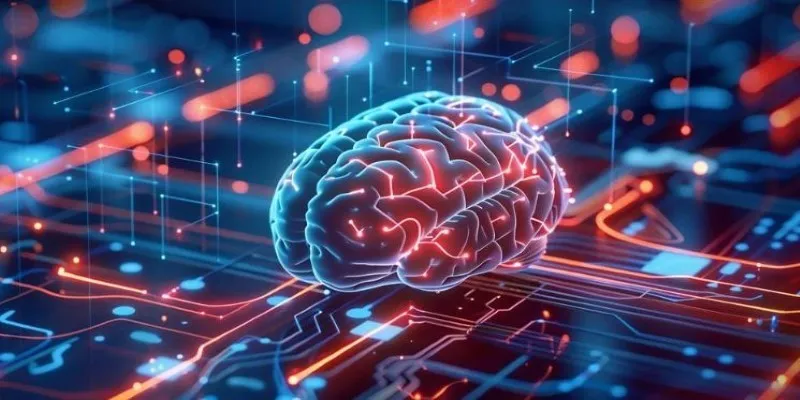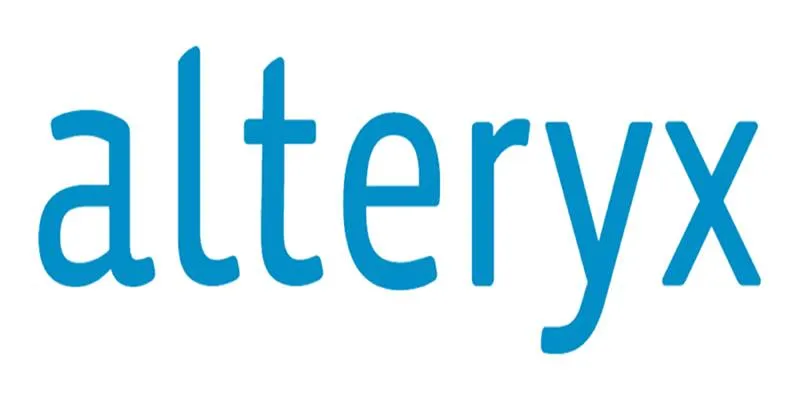Generative AI captured the world’s attention in 2025 with advancements that were both exciting and unsettling. Rapid progress moved from labs into classrooms, workplaces, courts, and music charts, sparking new conversations about creativity, fairness, and responsibility. Some breakthroughs amazed with their potential, while others raised alarms about misuse and unintended effects. These stories illustrate how far technology has come and how much society still has to figure out. From major releases and cultural shifts to legal and ethical turning points, here are the ten most impactful generative AI stories of the year.
Top 10 Generative AI Stories of 2025
The GPT-5 Release Redefined Human-AI Collaboration

In March, GPT-5 arrived with capabilities that set it apart from earlier models. It could process text, images, audio, and video simultaneously, generating responses that felt more consistent and context-aware. Writers, researchers, and small business owners found it to be an indispensable companion in their work. Its step-by-step explanations reassured users, making it feel less like a black box. For many, GPT-5 became as essential as search engines, highlighting the integration of generative AI into daily life.
Artists and Creators Fought Back Against AI
Tensions between generative AI developers and creative professionals escalated into significant court battles this year. Writers, visual artists, and musicians filed lawsuits, alleging their copyrighted work had been used without consent to train models. Judges ordered companies to disclose their training data and provide opt-out options for creators. These cases shifted public opinion, bringing questions of ownership and fairness to the forefront. While some creators sought to protect their livelihoods, others began experimenting with generative AI tools under clearer rules.
Open-Source Models Closed the Gap
Open-source models gained momentum in 2025 as projects like LLaMA 3 and Mistral released high-quality, freely accessible systems. Their performance began rivaling — and in some cases exceeding — what proprietary models offered. Users embraced these generative AI tools for their transparency and flexibility, hosting them on private servers and customizing them for specific tasks. This movement appealed to those wanting more control over AI interactions with their data and workflows, spreading innovation more widely.
AI Hallucinations Got Smarter — and Riskier
While the problem of hallucinations in generative AI didn’t disappear in 2025, progress was made. Some models halved their error rates by improving how they cross-check facts before responding. At the same time, malicious actors exploited this weakness, planting convincing falsehoods and misinformation in campaigns and online spaces. Public awareness campaigns urged users to verify AI-generated information, highlighting the need for careful and thoughtful use to avoid harm.
Education Systems Struggled to Adapt
Schools and universities continued to wrestle with how to handle students using generative AI. Some institutions chose to ban it outright, while others developed programs to teach students responsible use. Teachers shared stories of AI-written essays and projects that challenged traditional grading practices. Research highlighted potential benefits of using AI as a tutor or brainstorming partner but warned against overdependence. Education systems began drafting clearer policies to promote critical thinking and original work.
AI-Generated Video Became Stunningly Realistic
Generative AI tools for creating video took a major leap forward. Companies like Runway and Pika demonstrated how users could create sharp, realistic clips in just minutes. Advertisers and filmmakers began experimenting with these tools, cutting production time and costs. However, the ease of creating fake videos also raised concerns, especially as deepfake videos of public figures circulated more widely. Regulators and tech firms discussed ways to watermark or label synthetic video to help distinguish real from generated content.
Healthcare Saw Its First AI-Designed Drug Approved
Healthcare celebrated a historic milestone this year when an AI-designed drug for a rare lung disease passed trials and was approved for use. Generative AI expedited the process by simulating thousands of compounds and narrowing down candidates faster than traditional methods. This success fueled hopes for more treatments for rare and hard-to-treat diseases, potentially arriving sooner and at lower costs. Pharmaceutical companies began investing heavily in similar projects, signaling a shift in medical research operations.
Personalized AI Companions Went Mainstream

In 2025, AI companions offering emotional support, advice, and conversation became widely popular. These bots could remember past interactions, making them feel more personal over time. Many found comfort, especially those facing loneliness or anxiety. Critics, however, warned about the potential of replacing real relationships with artificial ones. Despite concerns, millions embraced these personalized generative AI tools, sparking debate about their role in shaping future social connections and emotional well-being.
Regulations Began to Take Shape
After years of discussion, governments began passing meaningful laws regulating generative AI. The European Union approved its AI Act, setting rules around transparency, bias, and data privacy. In the United States, draft legislation emerged addressing similar concerns, though progress was slower. These policies started forcing companies to rethink how they train and deploy their models. For users, regulations offered reassurance that protections were catching up to the technology, shaping its development responsibly.
The First AI-Generated Song Hit Number One
An AI-generated pop song topping the global charts marked a significant cultural milestone. Created entirely with generative AI tools, from melody to lyrics and production, it sparked debate over the emotional value of machine-made art. While many enjoyed its catchy sound, others dismissed it as soulless. Regardless, the success highlighted AI’s growing influence in music, challenging how human creativity and technology will coexist in the industry.
Conclusion
In 2025, Generative AI transformed industries, challenged norms, and sparked important conversations about creativity and responsibility. These ten moments reflect its profound influence on daily life. As progress continues, how we choose to shape and use this technology will define its role in the years ahead.
For more insights into the impact of generative AI, explore our AI category and check out related articles on AI advancements and challenges.
 zfn9
zfn9



